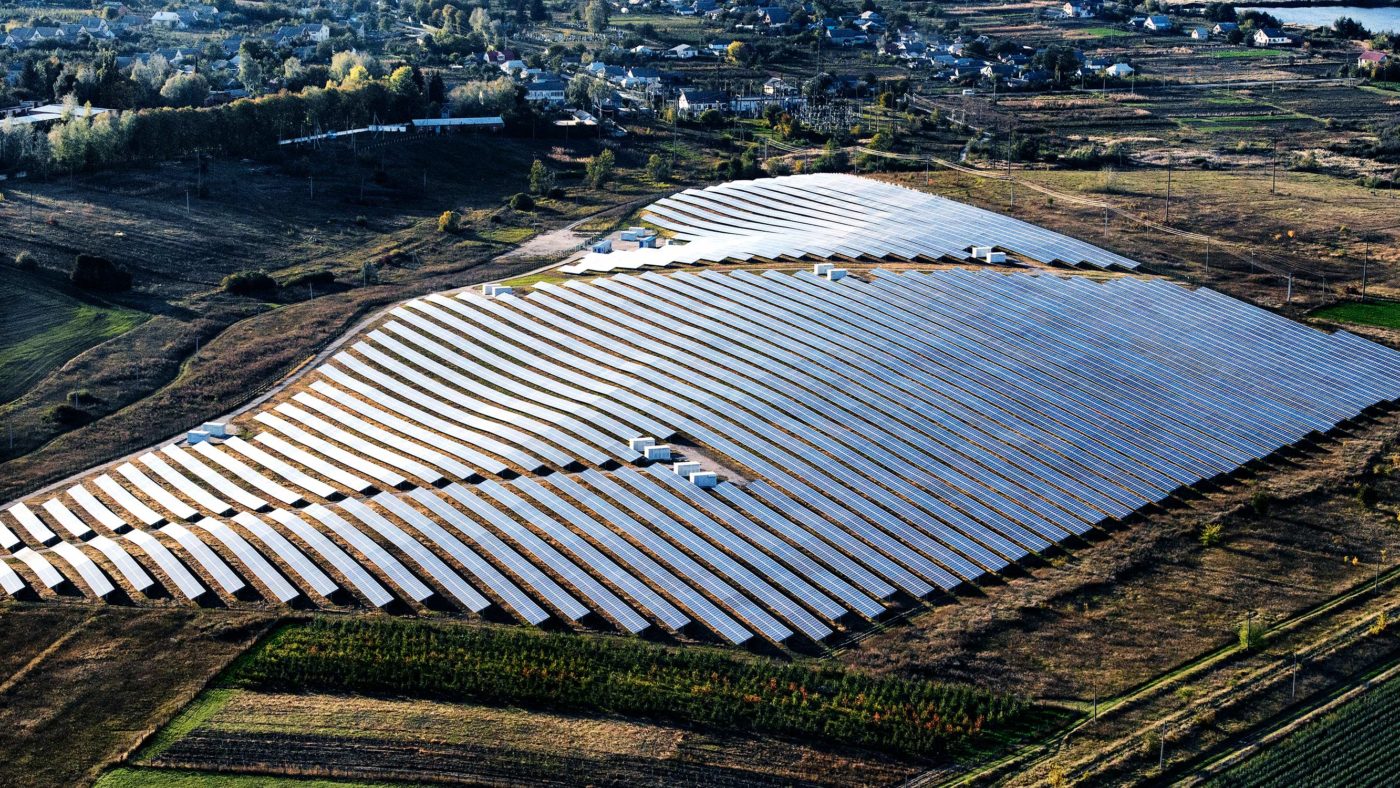For many years Ukraine was a key route of transit of Russian gas to European states. Since the country gained independence in 1991, this defined interdependence with European states was a key asset for Ukraine, including in cases of conflict with Russia.
These developments came to a fore after Russian military aggression and further agreements on the construction of the Nord Stream 2 pipeline. As Russia developed sufficient capacities to bypass Ukraine and the European Union abandoned its dependence on Ukrainian transit, the Kremlin was free to promote instability in that country, to the point of unleashing a full-scale war. In 2015 it became very clear for Ukraine that winning the energy battle – reducing energy dependence, enhancing energy efficiency and deepening energy ties with Europe – was just as important as a real war in the Donbas.
Even without the new pipelines bypassing Ukraine, it has become clear in recent years that the Ukrainian gas transit route will not last forever and that this tie with Europe could weaken soon. Renewables are playing a bigger role in Europe, and substituting traditional energy sources in the process. Meanwhile, the growing LNG market is offering Europe new routes of gas delivery. This has already provided the potential for a decline both in Russia’s gas delivery and Ukraine’s transit role. The EU’s recent Green Deal and Hydrogen Strategy has most clearly defined the horizon of the changing role of natural gas.
Decarbonisation efforts, the opposition to coal and the shutting down of nuclear power plants in some countries makes gas supply a clear immediate priority for Europe. In the longer term however, energy demand will increasingly be covered by solar and wind power as well as environmentally-friendly gases like biomethane, renewable and low-carbon hydrogen.
Against the backdrop of increasing European demand for renewable energy, experts and institutions increasingly recognise Ukraine’s potential to support the EU’s environmental aims. Its promise as a future producer and exporter of green and blue hydrogen has been at the centre of this discussion – the former produced using renewable energy, that latter with gas and carbon capture.
Ukraine already offers considerable infrastructure that can be modernised and adapted to meet increasing domestic and foreign – above all European – demand for hydrogen. It has one of the largest natural gas storage capacities in Europe, and an expandable pipeline network that can be rebuilt for the transportation of hydrogen. The green and blue hydrogen provided in this way can be used anywhere, at any time, offering a far more reliable supply than current energy sources.
The West’s growing focus on alternative energy sources, exemplified by the European Green Deal, therefore makes the Ukrainian energy market an attractive proposition. Ironically, it is the construction of the two Nord Stream pipelines and their southern counterpart Turk Stream which are the catalyst for significant modernisation of Ukraine’s state gas company, Naftogaz. They are also the driving force behind a rapid increase in European institutional and private sector investment in Ukraine’s energy sector. This has noticeably revitalised the exploration of new opportunities in the country’s own gas and renewable energy production.
Among these is the recent discovery of a 2-bcm gas field and the acquisition of rights to a 30,000 square kilometre gas reserve by Naftogaz, with the potential to cover domestic energy needs and decrease dependence from future supply shortages and price fluctuations in Europe.
At the same time, the country’s steadily accumulating wind and solar capacities are drawing interest from green hydrogen investors. Recent blue and green hydrogen deals already include cooperation agreements with the EBRD and German energy provider RWE; meanwhile a $1bn Green Fund for Ukraine is being set up by the US and Germany to compensate for the impact of the Nord Stream 2 construction. In the European Green Deal’s hydrogen strategy, the EU has recognised that ‘the Eastern Neighbourhood, in particular Ukraine, and the Southern Neighbourhood countries should be priority partners’.
Ukraine faces the urgent need for investment in the modernisation of its energy infrastructure and building new capacities. It’s a call Europe should heed, especially as meeting the continent’s own urgent need for gas and renewable energy has now returned to the top of the list of priorities for many European governments. While Ukraine has the potential to protect against future supply gaps, fulfilling this potential still requires more investment from public and private partners. The current trend is certainly positive, and we can expect to see an exponential increase in the coming years.
Click here to subscribe to our daily briefing – the best pieces from CapX and across the web.
CapX depends on the generosity of its readers. If you value what we do, please consider making a donation.


